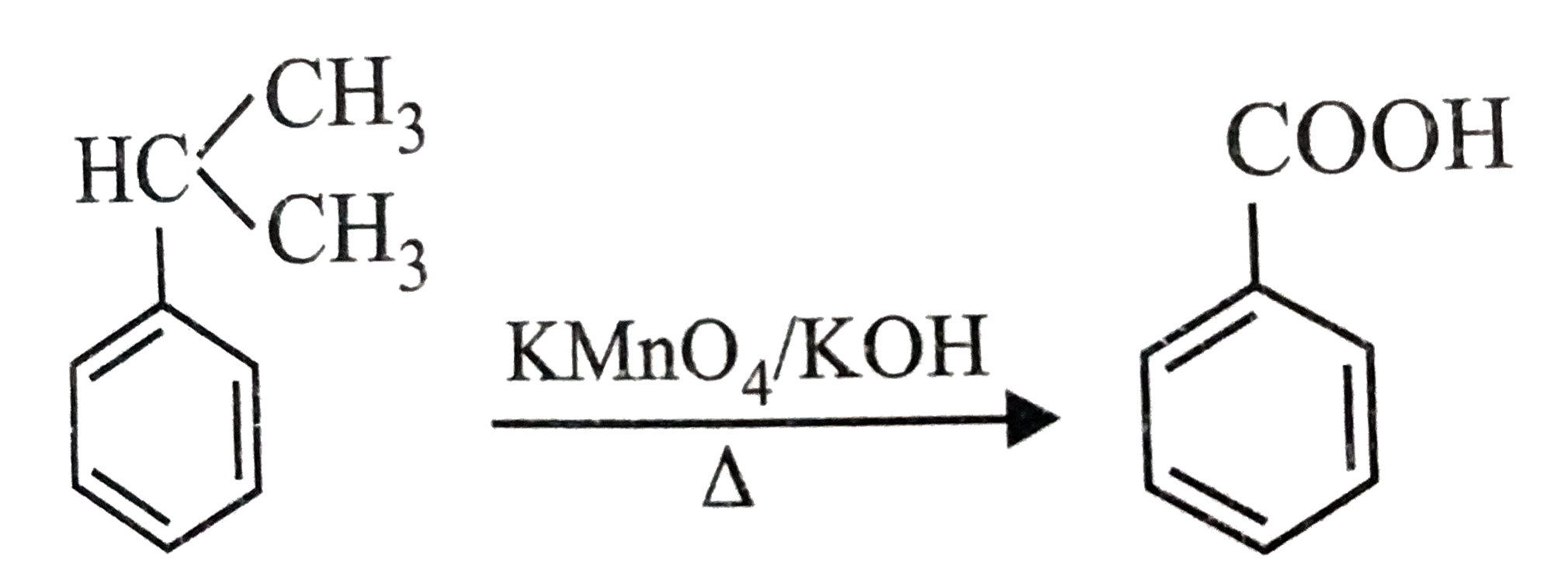Which of the following changes does not occur during conversions of secondary follicle into tertiary follicle?
Development of antrum.
Differentiation of theca layers.
Primary oocyte completes meiosis-l.
Second polar body is released.
The correct Answer is:D
To solve the question, "Which of the following changes does not occur during the conversions of secondary follicle into tertiary follicle?", we need to analyze each of the provided options regarding the changes that occur during this conversion.
1. Understanding Follicle Development:
- The ovarian follicles develop through several stages: primordial, primary, secondary, and tertiary (or Graafian) follicles. Each stage involves specific changes.
2. Option Analysis:
- Option 1: Development of Antrum:
- During the conversion from secondary to tertiary follicle, an antrum (a fluid-filled cavity) develops. This is a key feature of tertiary follicles.
- Conclusion: This change occurs.
- Option 2: Differentiation of Theca Layers:
- The secondary follicle develops two layers of theca: theca interna and theca externa. This differentiation is crucial for the tertiary follicle.
- Conclusion: This change occurs.
- Option 3: Primary Oocyte Completes Meiosis I:
- As the secondary follicle matures into a tertiary follicle, the primary oocyte completes meiosis I, resulting in a secondary oocyte and a first polar body.
- Conclusion: This change occurs.
- Option 4: Second Polar Body is Released:
- The second polar body is produced after the completion of meiosis II, which occurs only after fertilization. This means that during the conversion from secondary to tertiary follicle, the second polar body is not released.
- Conclusion: This change does not occur.
3. Final Answer:
- The correct answer is Option 4: Second polar body is released.
- The ovarian follicles develop through several stages: primordial, primary, secondary, and tertiary (or Graafian) follicles. Each stage involves specific changes.
- Option 1: Development of Antrum:
- During the conversion from secondary to tertiary follicle, an antrum (a fluid-filled cavity) develops. This is a key feature of tertiary follicles.
- Conclusion: This change occurs.
- The secondary follicle develops two layers of theca: theca interna and theca externa. This differentiation is crucial for the tertiary follicle.
- Conclusion: This change occurs.
- As the secondary follicle matures into a tertiary follicle, the primary oocyte completes meiosis I, resulting in a secondary oocyte and a first polar body.
- Conclusion: This change occurs.
- The second polar body is produced after the completion of meiosis II, which occurs only after fertilization. This means that during the conversion from secondary to tertiary follicle, the second polar body is not released.
- Conclusion: This change does not occur.
- The correct answer is Option 4: Second polar body is released.
Similar Questions
Knowledge Check
Which of the following reactions does not occur ?
A B
B C
C D
D
Which of the following does not occur during breathing?
View SolutionWhich of the following reactions does not occur during calcination?
View SolutionWhich of the following reactions does not occur during calcination?
View SolutionWhich of the following does not occur?
View SolutionWhich of the following displacement does not occur:
View SolutionWhich of the following reaction occur during calcination ?
View SolutionWhich fo the following change does not occurs in ovary as a result of sexual reproductin ?
View Solution
